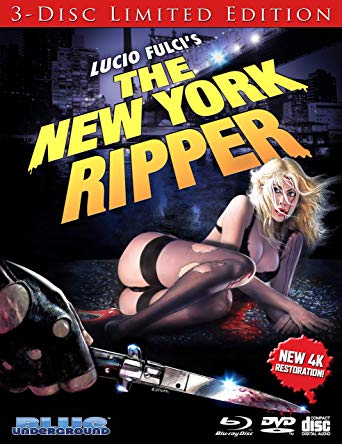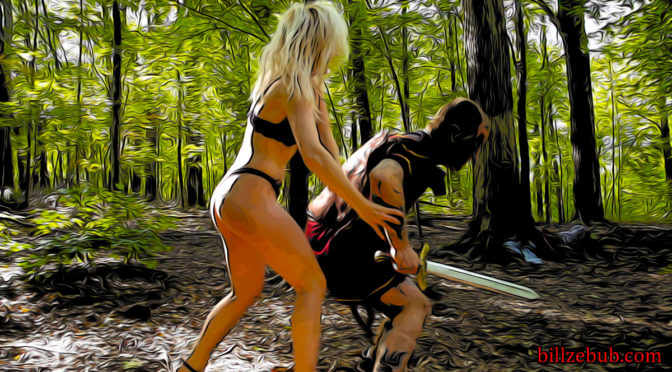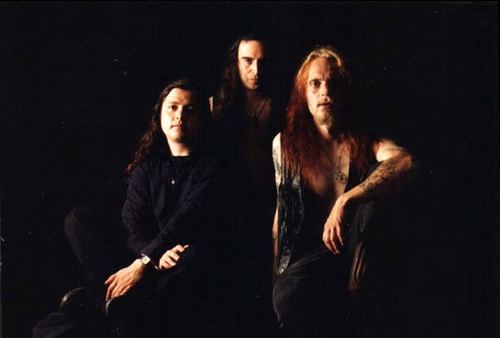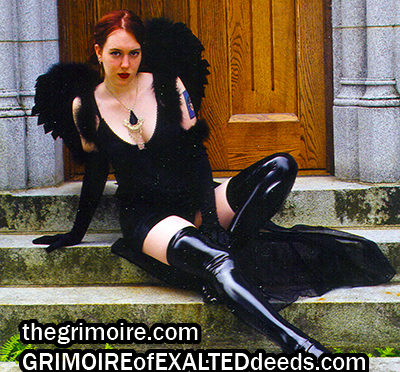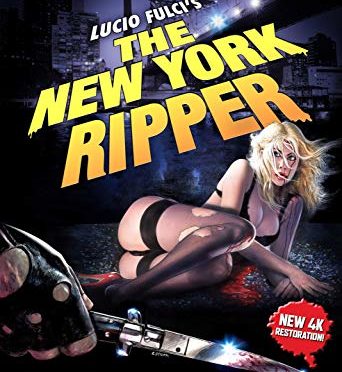Brew some coffee and enjoy !
Monthly Archives: June 2019
Sophia interview with Peter Bjargo
Interview with Peter Bjargo conducted by Bill Zebub for THE GRIMOIRE OF EXALTED DEEDS magazine.
The percussion i Sophia makes me think of medieval warfare. Did you intend for it to sound militaristic?
On the first album i wanted my music to have a small connection to the Templars. But on the later albums, it wasn’t my intention to make it that military. To me, Herbstwerk is more orchestral, and Spite more cold industrial.
Some of the tracks makes me think of what baroque would sound like in the mind of someone undergoing a psychotic episode. The nine tracks of Sigillum Militum were written “specifically for a live performance” – I read that by chance. How do you actually set up a live show, and does it include the haunting textures of the studio version?
I had this idea of a very special one-time live situation. I wanted to make a quite bombastic performance, with a lot of people on stage and very powerful. But I realized quite early that this kind of live performance costs a lot of money and is very difficult. Too many factors could go wrong. My live shows these days are more minimalistic, more humor on stage. Often just me and one more, samplers, and drum.
Am I correct in assuming that you intentionally compose a musical tension which builds up suspense? It is almost frightening sometimes when the aggressive release arrives.
Often i work after a model, where I start very calm and build up a cacophony. This often happens unintentionally. I try to break this pattern intentionally.
In Adeptus/Last Movement, did you use a beat out of time? It sounds like you did something like that to create a feeling of disturbance.
I had an idea of two independent parts, moving into each other. This created, as you say, a feeling of disturbance. Sophia has always been a platform for experiment, and I will never be afraid to break an old pattern and try something new.
The Seduction of Madness MCD is your musical interpretation of SATURN DEVOURING HIS SON, and although it specifically intends to depict madness, I had always felt that Sophia is like a “schizophrenic lens” through which one sees reality with a little bit more. When a schizophrenic hears or sees hallucinations, it is called a “positive” symptom because it is something that “adds” to what normal people have. Conversely, schizophrenics whose facial expressions are flat and do not reflect their feelings are said to have “negative” symptoms because something in a healthy person is absent. Sophia is music with positive symptoms, I think. My question is, how is the mini Cd more of an exploration into psychosis than your other releases?
It was actually intention of a live performance, together with a movie backdrop. The theme of the songs was never in particular schizophrenia but more of different cases of psychosis, and I guess most of that came from my interests in psychology and after have read the book “Seduction of madness” by Edward M. Podvoll.
I will ask about Stravinski having an effect on you because he was the first composer, I believe, who broke from comfortable melodies and specialized in disturbing music, especially in the area of percussion. You sometimes lull the ear with safe phrasing and then you unleash a nightmare is this original, or inspired by others?
This is my idea of how to make people feel calm and relaxed, then start to feel uncomfortable and in the end trying to get a climax of chaos. This model is, I think, mostly for Seduction of Madness MCD. The model of crescendo has been existing for of long time. But I never took the idea from anybody else.
The author of ONE FLEW OVER THE CUCKOO’S NEST was under the influence of peyote when he wrote that. Did you ever ingest a hallucinogen when creating music?
No, I haven’t. If you don’t call enormous amount of booze and beer a hallucinogen.
Tristitia
interview with Louis Galvez conducted by Bill Zebub for THE GRIMOIRE OF EXALTED DEEDS magazine.
n
I will not speculate why there is a new vocalist whose style is so far removed from what I’ve become fond of. Rather; I hope that you will talk about what led to this.
After the release of “Crucidiction” Thomas, wasn’t in the band. I did try some new vocalists, but it didn’t work, so finally I decided to use a session vocalist with totally different style than Thomas. I wanted to try something new, and I don’t regret it. Some like, some not, but I don’t care what people say. Anyway, I won’t use the session vocalist again. Hopefully Thomas will take care of the vocals on the next album. If not, I’ll use death-style vocals instead. There are a few death singers around here where I live, so it would not be a problem. Pity that they don’t sing gothic style because that is what I prefer in Tristitia. Death-style vocals would bring more darkness into my lyrics this time than it did on “The Last Grief”.
The “Crucidiction” album lists five musicians, yet the photographs only show three members. Is that because the hidden ones are studio musicians? Only you and Thomas remain from “One With Darkness”, so should not there only be a picture of two members?
Yeah, you right. They were just session, but Adrian on bass was in the band in that time. But he got into study and that stuff, so he quit. For the moment, it’s just me and Thomas. I’ll see if there ‘ll be new members, or I’ll play most instruments in the studio and bring sessionists in those instruments I can’t handle, like I did in “The Last Grief” – I played everything except the drums.
Does Tristitia play live?
We did some shows when we released “One with Darkness” back in ’95, but it sounded crap with just one guitar. It must be two guitarist when we play live. I still have trouble in finding a suitable second guitarist, so it hasn’t been any live shows after that. Anyway, I enjoy most sitting in the studio and recording than playing live. Maybe in the nearest future I would be able to put a suitable line up to do some live gigs.
Do you feel that Holy Records is a worthy label?
I don’t have any trouble with Philippe. I think he treat us well. I see our albums here and there, but I don’t know nothing about distribution and stuff. I record my albums and leave the rest to the label, and I trust that they do a good promotion and all that.
The “Crucidiction” re-release has some extremely enjoyable bonus tracks. Are they demo versions of songs from “One With Darkness”,or are they true alternate versions?
Those songs are demo versions for the album and also intended to be for our debut album, but after been talkin with the label I decided to work more with some of the songs and to re-record the whole album. I not so pleased with those early versions. I think they are better done on the album.
I heard demo songs from a tape-trading friend, and I quite liked the very raw version of “Reminiscences of the Mourner.” As we speak, money is on the way to you for your two demos. Have you ever thought about releasing the demos onCD, the way Gloomy Grim released their “Friendship is Friendship, War is War” and so on on the demo CD, “Reborn Through Hate?”
I’m very satisfied with the production of our two demos. I really enjoy doing demos. To be honest, it’s fuckin’ more enjoying doing demos than recording albums! I just sit at home with my home studio and let the ideas flow. No worries about time or other stressing things. I worked very hard with those demos back then, but haven’t thought of releasing them as a CD and, I don’t know if the label is interested in doing that. I think they’ll only do it as bonus tracks in future re-releases.
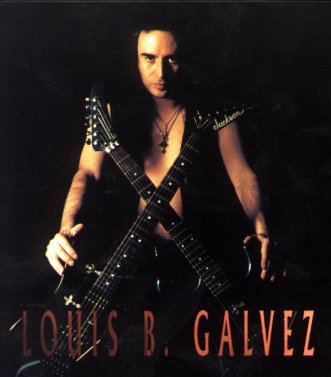
Are you classically trained? Your music is exceptionally flavorful, and the moods flow with unparalleled mastery. The solos are packed with feeling, and each note seems to be essential in the celestial ladder that the spirit climbs and descends.
Well, that was a very cool description. You know, I find very difficult to put my music into words, but I would say it’s something like that. I’m not classically trained. Everything I play is self-learned. I believe you can fucking hear that. If a real classical pro player hear what I play, he would probably kill me when I desecrate such beautiful music. When I begun to play guitar, I went to guitar lessons in school, but it was too damn boring. I wanted to play heavy metal, not some wimpy easy-to-learn shit melodies, so I just went to the store and got some note books of Iron Maiden and Kiss and of Yngwie Malmsteen…. also some classical guitar of Bach and Segovia. So that’s the way I learned to play some riffs and solos, and still have a lot to learn. My biggest inspirations were and still are Ritchie Blackmore and Toni Iommi.
I know the answer is “no”, but is there any chance that Holy Records will be interested in having the vocals of “The Last Grief” replaced by the old singer? Maybe that would make for cool bonus tracks!
I think they are interested in doing that. I have mention it to the label and they had nothing against that, so we’ll see after our fourth release. Sometimes it’s better to leave things as they are, but darker vocals on that album would really be a good idea.
“Galvez” is not a Scandinavian name. Is there an interesting tale of political asylum?
I was born in Chile, but ended up here, in Sweden, back in ’74, after some guerrilla war games they had down there at that time. I’m not into politics, so I have no idea what the hell all that shooting was about, but I don’t complain moving to Sweden. I enjoy it very much living here.
You produced both “Crucidiction” and “One With Darkness”, yet they sound very different. Each has its own charm, so I am curious what your strategies were behind the audio choices.
Simply the studio choice. The first album was recorded here in Halmstad, but for “Crucidiction”, the label sended us to Dan Swanö’s Unisound studio… the singer in Edge of Sanity, you know, and the sound ended up very good. That was a far more professional studio than in the first one, but somehow I think “One With Darkness” is much more darker and atmospheric, even darker than “The last Grief.”. I’m thinking in recording our fourth album where “One With Darkness” was recorded. I would like to catch again that darkness and atmosphere that dwells in that studio.
I am very fond of the artistically anti-christian lyrics. Did you adopt your enlightened stance out of healthy skepticism, or were you introduced to the true origins of that false religion by reading the books of scholars ?
Cool that you got the message in my lyrics. Some listeners think we are a christian band, with all the crosses and lyrics, but they misunderstand the whole concept of Tristitia. Some listeners can’t or don’t want to read between the lines or see the irony and profanity in my lyrics. Those antichristian lyrics was just a way to express a religion I don’t agree with because I don’t like the idea of living my life after a book. I believe in myself and my music. That’s enough for me. Metal is my religion, and Tristitia is my church!
Liv Kristine of Theatre of tragedy
Enjoy this raw clip of an interview with Liv Kristine when she was in Leaves’ Eyes. There are THEATRE OF TRAGEDY questions here, as well as ATROCITY questions, so have fun watching.
The New York Ripper
This was my first time watching “The New York Ripper” and it was quite coincidental because I have been trying to discover the rules of slasher films, even though this is not technically of that category.
The first thing that impressed me was the cover art. Merchants seem terrified of anything remotely sexual, so the image of a woman laying on her side for the area between her legs to be visible is quite daring, and a closer look shows that some areola is seen escaping her bra, as well as a wee bit of nipple. I don’t know if this is allowed because of the Lucio Fulci’s fame, but something like this from any other person might get an instant “no” from the acquisitions department in a retail chain.
Although this is an older movie, the content is way ahead of the standards of today. Movies that have nudity that is combined with sexuality get punished, yet THE NEW YORK RIPPER goes way beyond this.
Let me put this bluntly. Lucio Fulci was not afraid of tits. He was not afraid of nudity, and there are some exposed nether regions in this film to prove that. More importantly, he was not afraid of depicting his villain as a sadist. American-made modern movies that are about serial killers completely sanitize the murderer almost to the point of removing the fact that serial killers are sexual predators. One wouldn’t know that from watching a recent American movie.

I am not invested in the genre so the gore effects don’t have the same effect on me as they presumably had on audiences in the original era of the movie, but I quite liked some of the shots of the knife coming at the camera with a bit of lens distortion.
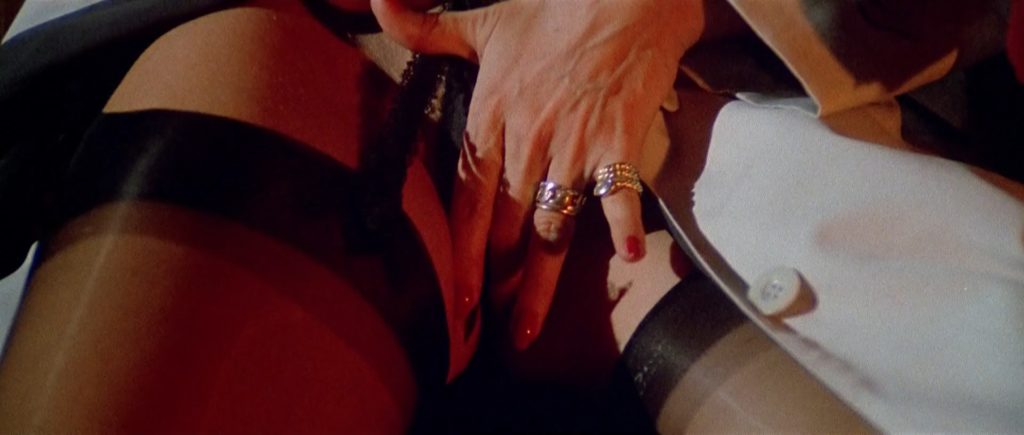
Did I mention that there is nudity in this movie? I can’t believe that I am calling an old movie “refreshing” and “new” – such is the decline of artistic expression in the present time. This adds new meaning the the expression, “Ah, the good old days…” Seriously, when was the last time that you saw a movie with this level of creative freedom?
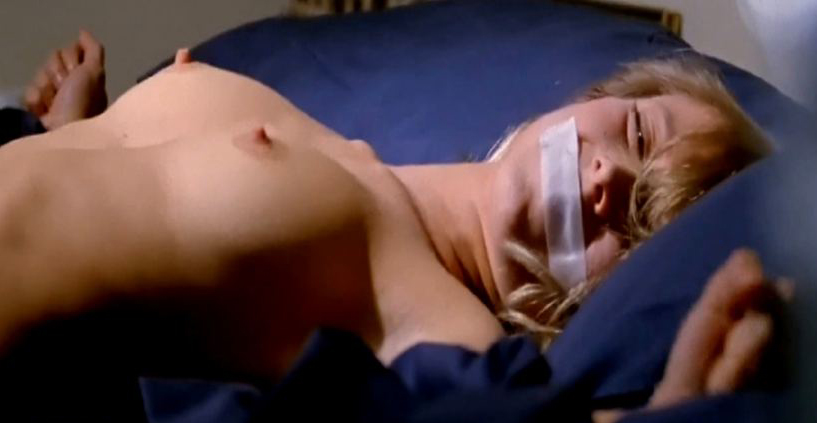
Be grateful that there once was a time when movies were made from artistic vision, not as formulaic commercial fluff that must adhere to the human resources department.
I found this viewing experience to be highly enjoyable. It is strongly recommended.
It’s not my style to give away story lines because I personally love to let the movie unfold. I don’t need to hear anything from a viewer other than “go see it” so I hope that you are the same.
I would ask that you purchase this movie to show support for the bold decisions of this release. Perhaps, little-by-little, we can send a message with our purchases.
